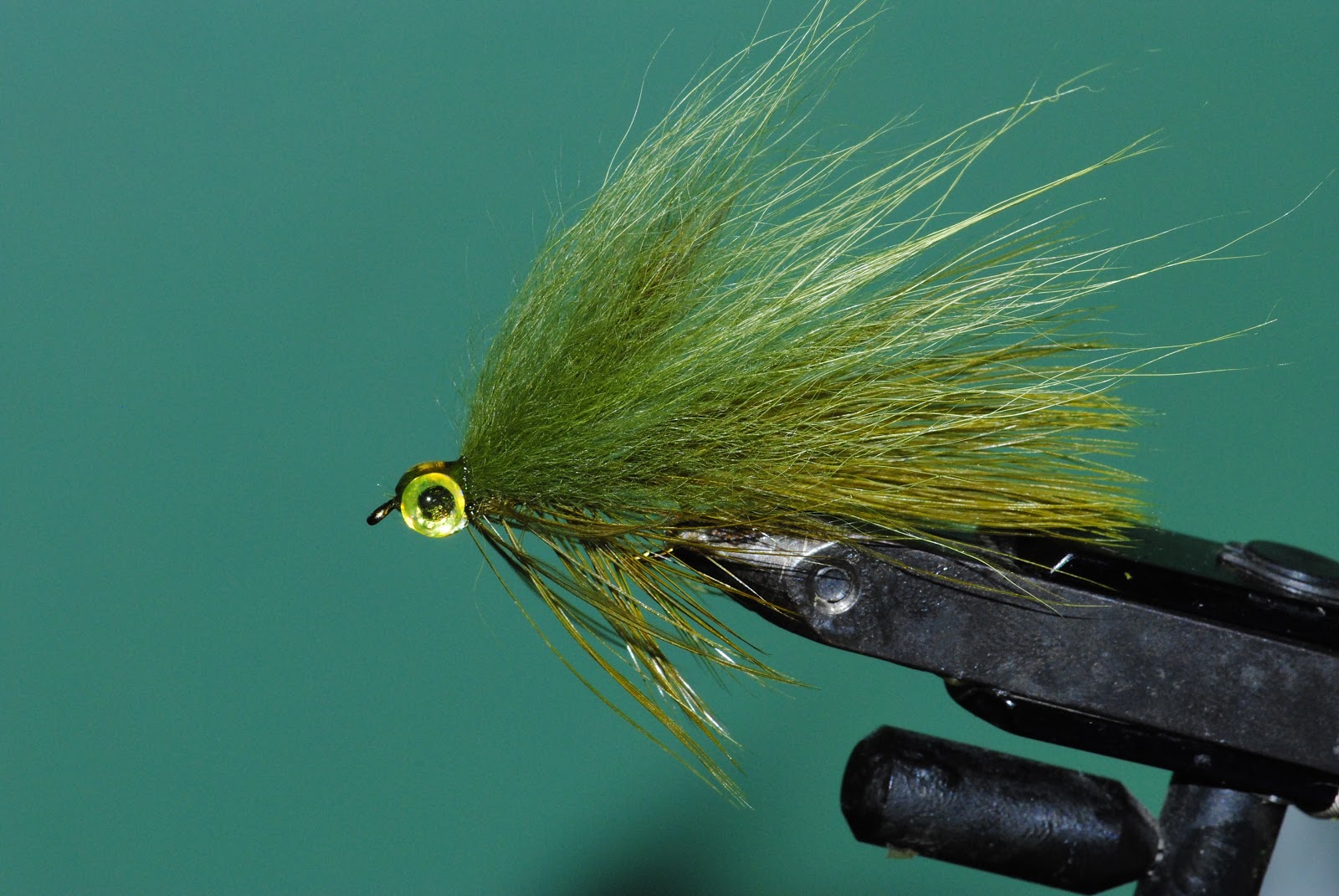Under the theme of being a poor
student, I am always looking to cut corners in fly tying, but still produce
excellent flies. Sometimes this approach, just does not work. There is no
substitute for DRY FLY HACKLE!!!! Suck it up, buy one light and one dark pelt
and your bases will be covered.
As I step
off my soap box, I can return to the point of this article: Quality hen capes
are incredibly versatile feathers for the frugal fly tier. In general, a
Whiting Herbert Miner cape runs about $10. If you consider the high number of
feathers on a cape this will be a worthwhile investment. Hen feathers seem
under appreciated because everyone wants rooster hackle for flies like woolly
buggers and dries. Admittedly a full high quality rooster saddle is a beautiful
thing to just look at let alone use to tie flies. However, with a price point of about $50 for
a middle grade saddle, I do not use these feathers on anything that does not
need them. Thus, I love versatile
feathers at good prices.
 |
| From left to right: Rooster saddle, Brahma Hen cape, India hen saddle, Coq de Leon hen saddle, and Herbert Miner saddle. |

 Hen represents one of the more
recent additions of my “often used” materials list. A hen cape feather can do
many different things, when loosely palmered it makes for a very buggy woolly
bugger hackle, when tightly palmered at the head of fly it can make the legs of
a nymph or the collar on a soft hackle. The fibers can make a beard on streamer
patterns. Paired with other feathers, they can be made into a classic wet fly
wing, or form the entire wing as four feathers do in matuka style flies. They
are also commonly used to make claws on crawfish patterns and the legs/tails on
top water patterns.
Hen represents one of the more
recent additions of my “often used” materials list. A hen cape feather can do
many different things, when loosely palmered it makes for a very buggy woolly
bugger hackle, when tightly palmered at the head of fly it can make the legs of
a nymph or the collar on a soft hackle. The fibers can make a beard on streamer
patterns. Paired with other feathers, they can be made into a classic wet fly
wing, or form the entire wing as four feathers do in matuka style flies. They
are also commonly used to make claws on crawfish patterns and the legs/tails on
top water patterns.  There
really is not much that these versatile feathers cannot do. Hen feathers also
come in a variety of types, and I have come to use them in different ways. I
have recently been tying Tenkara flies and using a Whiting Brahma hen neck
because the fibers are soft (as hen should be), but lack the webby fibers that
cling together like the aforementioned Herbert Miner. However, that all depends
on the look and action I want in my fly. I have tenkara flies tied with both
types. Additionally, I have used olive Coq de Leon hen capes to make collars on
a bugger/softhackle style pattern I found online. The Coq de Leon is heavily
mottled and makes great bug like legs on a fly.
There
really is not much that these versatile feathers cannot do. Hen feathers also
come in a variety of types, and I have come to use them in different ways. I
have recently been tying Tenkara flies and using a Whiting Brahma hen neck
because the fibers are soft (as hen should be), but lack the webby fibers that
cling together like the aforementioned Herbert Miner. However, that all depends
on the look and action I want in my fly. I have tenkara flies tied with both
types. Additionally, I have used olive Coq de Leon hen capes to make collars on
a bugger/softhackle style pattern I found online. The Coq de Leon is heavily
mottled and makes great bug like legs on a fly.
On the
whole I think hen has become one of my favorite feathers and the price point
works for me personally. I figure as long as teen idols do not take any
interest in using these feathers for fashion, we fly tiers will be ok. Now go
chase some capes down and hit the vise.














